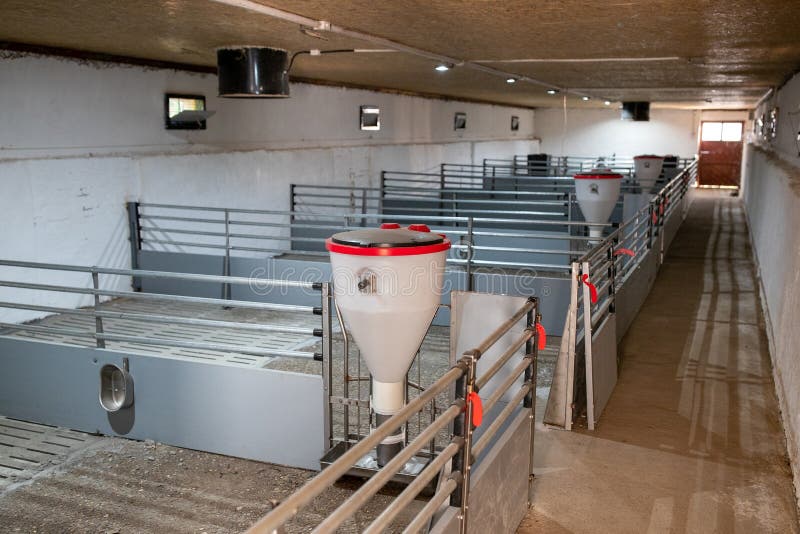

Puppy fencing and baby gates do not provide protection against pregnancy or disease transmission. Ensure your indoor barriers do not allow any of these to pass from pig to pig. Diseases and parasites may be transmitted through physical contact, touching noses, blood, sneezing, urine, or feces. Pigs should not be able to touch each other through fencing, kennels, or baby gates. If the separation is for disease quarantine, then proper quarantine protocol should be followed. The barriers needed will depend on the reason for separation.

Indoor barriers should also be strong enough to withstand a charging or rooting pig. Pigs may need separation for a variety of reasons at a rescue or foster home. Crates are typically a safe place for transport or a short period of time, but this is not an acceptable amount of space for a pig to be contained.īARRIERS: Rule #1, don’t use barriers that you cannot trust to keep the pigs separated. They may tear through doors or knock down gates or enclosures. Indoors, boars may be very destructive when trying to get to an intact female. Either double fencing, with two fences about a foot apart, or solid fencing such as flat boards that the pigs cannot penetrate. To prevent breeding through fencing, there are a couple of solutions. For this reason boars should be neutered immediately upon arrival at the rescue with sturdy fencing separating them from females for at least two weeks after neuter. Boars often get out of fencing that is thought to be pig proof. Breeders have often reported pigs breeding through multiple fences, so keep that in mind when looking at how far apart you have your males and females. It is always better to error on the side of caution and assume if they are unaltered they can breed. Females can become pregnant as early as 3 months. Males have been known to breed as early as 8 weeks old. INTACT PIGS: Males and females who are intact, should always be separated.

Without quarantine protocol, contagious diseases and parasites can be brought in, infecting your existing pigs or herd. Click here for quarantine recommendations (LINK). QUARANTINE: Pigs should always be quarantined when coming into a home with other pigs for the safety of the residing pigs. Pigs should be kept safe from electrical cords that can be chewed, harmful chemicals, medications, other pets that could harm them (such as dogs), separated from other intact pigs, separate from any food storage (pantry or other pet food), and any other dangers that are in the typical household. Pigs should always be confined to a pig safe area unless the entire house is pig proofed. SAFETY: Containment is for the safety and welfare of the pigs. Set yourself up for success by providing adequate safety and enrichment for the pig’s time inside the house.

Pigs may need containment to keep them safe from indoor dangers, they may need separated to avoid pregnancy until a spay and neuter appointment is set, they may need separated for quarantine to avoid disease and parasite transmission, they may need separated until proper introductions have been done to integrate them into the established herd, or they may need separated from other pets in the house such as dogs. The method of containing the pig(s) indoors will depend on the situation and layout of the house. Pigs will not thrive with isolation or boredom. Most importantly, do not underestimate the pigs need for companionship. Do not underestimate a pig’s determination. Do not underestimate the risk of pregnancy. Do not underestimate the risk of disease. While rescuing pigs there are several cautions to keep everyone safe and healthy. Most pigs enjoy some time inside with their family.


 0 kommentar(er)
0 kommentar(er)
